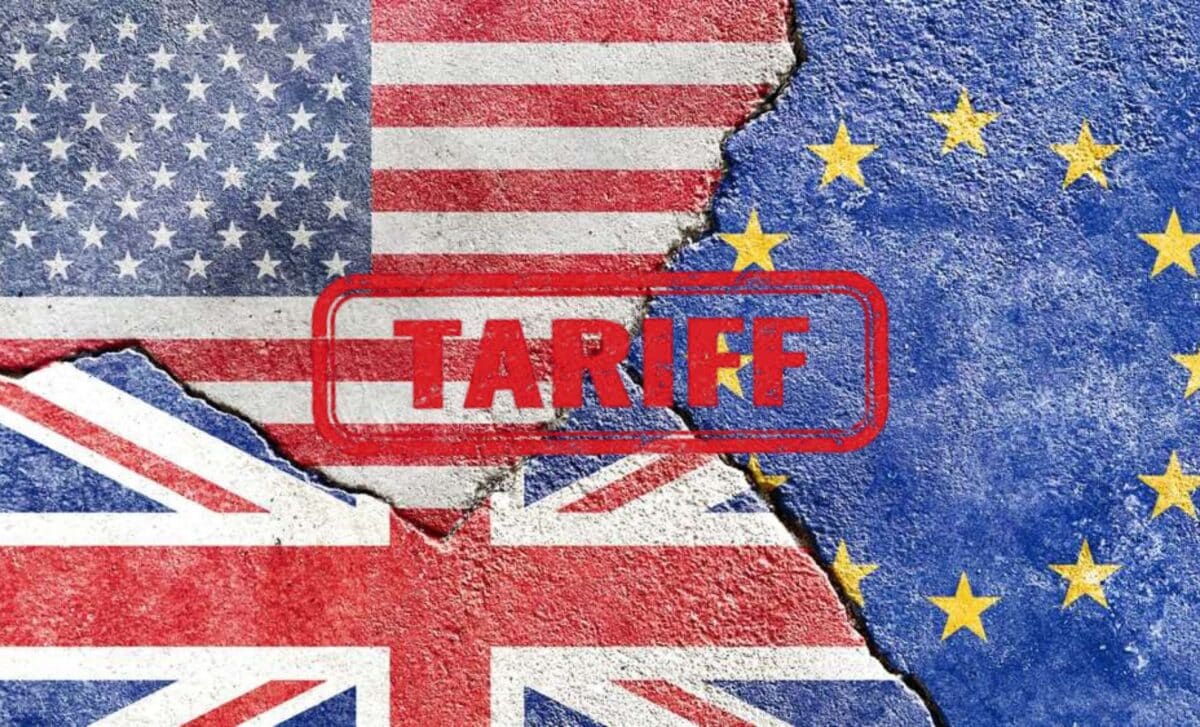In a surprising twist, Britain is facing a higher rate of US tariffs than the European Union, despite Donald Trump’s outspoken criticism of Brussels. According to new analysis by Capital Economics, the UK’s effective tariff rate stands at 11.6%, compared to the EU’s 9.5%.
This discrepancy, which impacts British exports, highlights the economic challenges the UK faces in its trade relations with the United States post-Brexit.
Following the UK’s departure from the EU, many had hoped for more favourable trade terms with the US. However, the reality is more complex, as Britain’s exports are subject to higher tariffs across several sectors, including crucial industries like automotive and steel.
The Tariff Discrepancy: What’s Behind the Numbers?
The UK’s tariff rate is notably higher than the EU’s in part due to the nature of British exports to the US. Although Britain is subject to the minimum 10% tariff introduced by Trump, the overall burden is heavier due to additional sector-specific levies.
This is especially true for the automotive industry, which accounts for a significant portion of UK exports to the US. The US has imposed 25% tariffs on steel and 20% on cars—costly measures for British manufacturers like Aston Martin and Jaguar Land Rover, which sold £9 billion worth of vehicles to the US last year.
These tariffs place Britain at a disadvantage when compared to countries like Mexico and Canada, which benefit from trade agreements such as the USMCA.
By contrast, the EU enjoys a carve-out for pharmaceutical exports, which helps lower its effective tariff rate despite the headline 20% tariff. Similarly, other nations, including Vietnam and India, benefit from exemptions on electronics. These exemptions contribute to the EU’s relatively lower tariff burden and highlight the UK’s vulnerability in certain key sectors.
The Ongoing Negotiations and Their Impact on the UK Economy
Given the significant tariff burden, the UK government has been actively engaged in negotiations to secure a better deal. Rachel Reeves, the UK Chancellor, recently met her US counterpart, Scott Bessent, to discuss the implications of US tariffs on British businesses.
As these talks continue, the need for a comprehensive trade agreement with the US remains critical to mitigating the economic damage caused by these tariffs.
Jonathan Reynolds, the UK’s Business Secretary, emphasized that “all options remain on the table” as the government evaluates the long-term effects of these tariffs on the UK economy.









